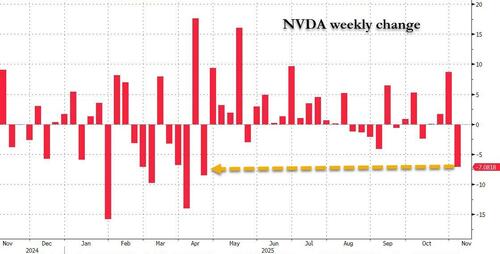In reference to climate change and assorted efforts to mitigate and even reverse it, she rued that while the European Union’s carbon tariffs – the so-called border adjustment mechanism (BAM) – are a unilateral and burden-shifting effort at climate mitigation, the underlying earnest desire to act on the climate front must be recognised and given a more productive form and channel. That calls for a wider debate on global public goods that Sitharaman referred to.
There’s a lack of awareness or debate about global public goods and externalities. And there’s no agreed-upon definition of them.
Public goods, as the name suggests, are collective goods enjoyed by the public at large and normally provided by the state. In rigorous terms, public goods are characterised by two qualities – they are non-excludable and non-rivalrous. Take national defence, for example. It is provided for everyone – you cannot exclude any citizen from it. Further, by providing defence to one person, you do not deny someone else access to the same good, unlike in the case of, say, a cup of tea. This is what is meant by non-rivalrous.
A public good costs money to provide. Normally, the state provides the public good, paying for it from the proceeds of taxation. That is in the case of national public goods, where the provider and the beneficiaries are clearly definable and have a defined mutual relationship.
In the case of global public goods, things get complicated. The cost of providing global goods is borne nationally but the benefits are enjoyed globally. Naturally, governments prioritise national commitments over global public goods. The challenge when it comes to global public goods then becomes – who will provide, who will pay, and how? There are no easy answers. But another concept from economics can help us with an answer: externalities.
An externality is the byproduct of an act of production or consumption, whose cost or benefit does not accrue to the producer or consumer. Take smoking in public. The smoker gets her nicotine levels high, the intended benefit for which she has paid. But there is a cost in the form of passive smoking by those nearby. The smoker does not pay for this cost borne by those around her.
As another example, take the case of an apple farmer. His orchard bears a harvest of apples but the apple blossoms also contain honey. That is a potential benefit the farmer does not intentionally pay for, but is an externality for him. But a honey keeper in the neighbourhood might reap the benefit of this positive externality.
Pollution, specifically, emission of carbon dioxide from the burning of coal and hydrocarbon fuels, is the biggest negative externality known to mankind. Since 1850, it is estimated that human activity has released 2,400 gigatonnes (GT) of CO2 into the atmosphere, give or take 10%. This is what has trapped heat in the atmosphere and caused global warming, leading to climate change.
The bulk of this negative externality has been produced by those parts of the world that have grown rich from the industrial activity that produced the global warming emissions. It stands to reason they should pay for the bulk of the cost of providing the public good of arresting and reversing climate change.
So far, the mainstream solution has been to cut down fresh emissions and achieve net-zero emissions. The world has already warmed by an average of 1.09 degrees Celsius since pre-industrial times, according to the Sixth Assessment Report of the United Nations’ Intergovernmental Panel on Climate Change. That rise in temperature is already wreaking havoc: extreme weather events, heat waves, forest fires, droughts, floods, unseasonal and heavy downpours damaging not just crops but long-standing cropping patterns as well. The global public good the world needs now is net negative emissions, not ever-lower emissions that lead up to net zero by 2050 or even earlier.
The debate must shift to how to achieve this. Carbon dioxide removal is the obvious solution. But just sucking CO2 out of the air and burying it deep underground, as is already done in some parts of the world, is pure cost. Countries and their peoples would resent it and refuse to bear the cost. The answer, once again, might lie in creating the right kind of positive externalities.
The challenge is to make the removal of CO2 from the air a positive externality of a profitable economic activity. What if you could convert the CO2 sucked out of air into carbon fibre or graphene, or the raw material for producing a new breed of petrochemicals and synthetic fuels.
Various kinds of research at national laboratories and universities have identified ways to do this, but the challenge is to do it economically. More resources must pour into this kind of technological research. India must set up venture funds to incentivise the startup ecosystem to work on such problems.
At the same time, nuclear energy must be recognised as the most viable form of non-fossil-fuel-derived energy. Small, modular reactors are making headway in policy circles abroad. India must focus on its fast breeder reactors using thorium, derived from the black sands of the southern coastline, which have been languishing for want of policy focus and funding.
These are specifics. The point is that the world needs a wider, more energetic debate on the global public good of arresting and reversing climate change, the ways of achieving it, the allocation of national responsibilities in this regard, and the adjustments all of humanity must make to achieve this goal.
Download The Mint News App to get Daily Market Updates.
More
Less














